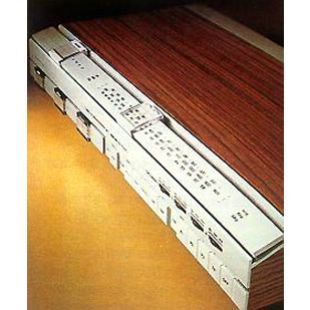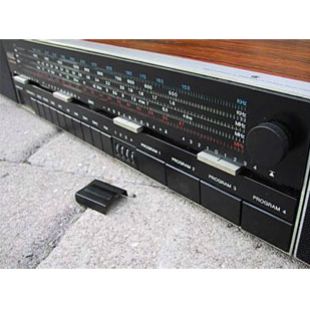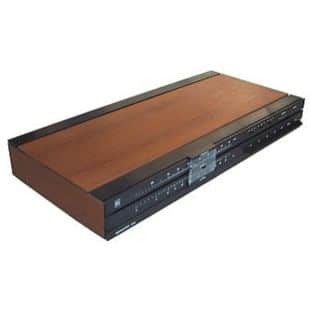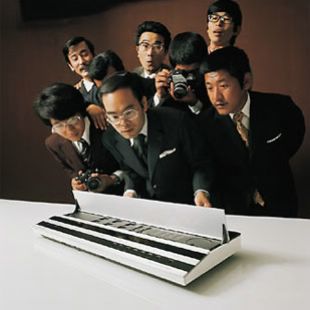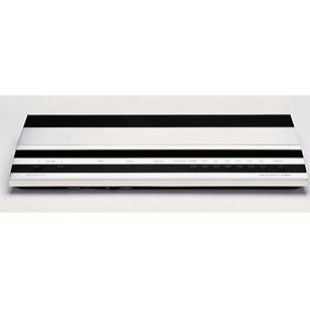BeoMaster 1400 M/K
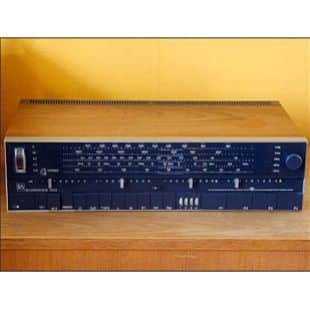
“A splendid example of engineering and up-to-the-minute design, this all-transistor high-fidelity mains radio was developed by B&O for the ever-increasing number of listeners who want a radio which “has everything”
Its excellent FM section has five push-buttons. One is the usual FM bandswitch button; each of the other four can be individually tuned and locked to any station in the FM band, permitting you to tune in your favourite programmes at the touch of a button.
The Beomaster 1400K meets the wishes of the many listeners who insist on superb tonal quality and interference-free low-noise reception of stations outside the FM band. The razor-sharp selectivity of the Beomaster 1400K is a product of its numerous intermediate-frequency circuits. A further feature is a built-in short-wave expander for the SWII band, permitting you to ‘spread’ stations for maximum ease of tuning. There is a built-in decoder for reception of stereo broadcasts.
The amplifier of the Beomaster 1400K has very low distortion (less than 1%) at all frequencies and at all power output levels up to 2 x 15 watts. Its volume control circuit is physiologically compensated in the bass and treble ranges at low volume levels. A highly efficient balance control permits complete suppression of either channel at will.
The Beomaster 1400K has two built-in pressure chamber speakers and jacks for two pairs of external speakers, switchable from the front panel. The gramophone input circuit incorporates a pre-amplifier which is easily replaceable to permit use of stereo record players both with and without pre-amplifiers. A tape recorder jack is also provided. Despite the vast amount of circuitry, cabinet dimensions are relatively small.
Dimensions: 112mm high, 744mm wide, 252mm deep. Choice of teak or Brazilian rosewood finish.
The set is identical with the Beomaster 1400K and has no built-in speakers.
Dimensions: 12mm high, 414 wide, 252mm deep. Choice of teak or Brazilian rosewood finish.”

